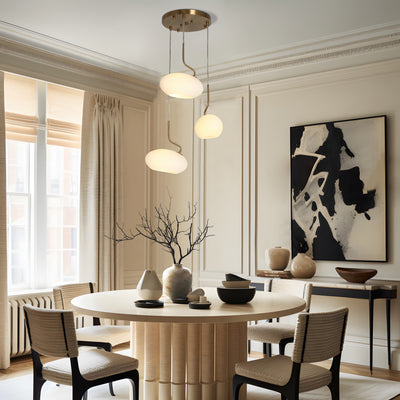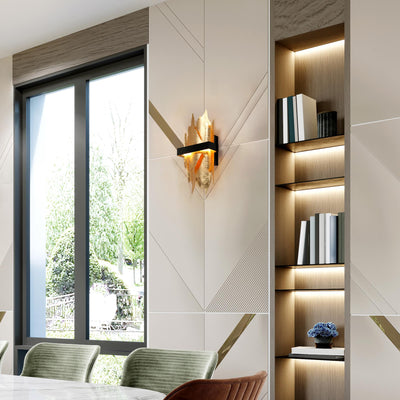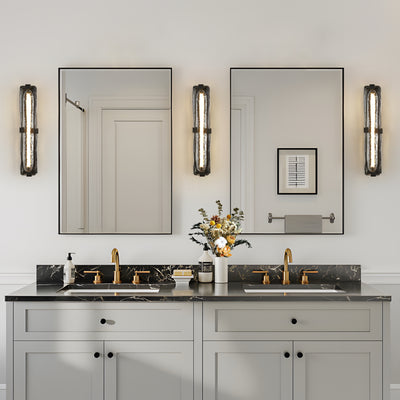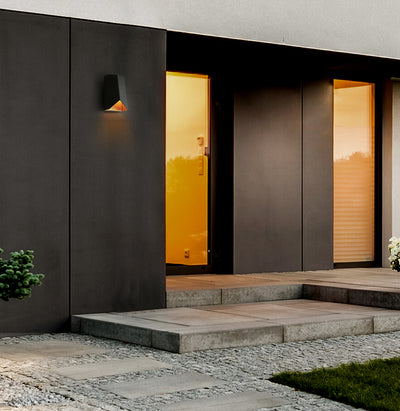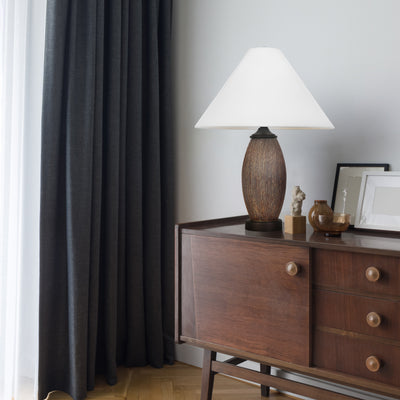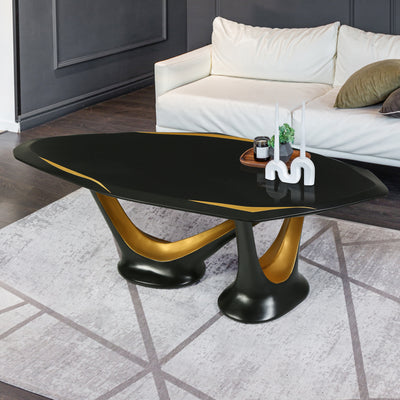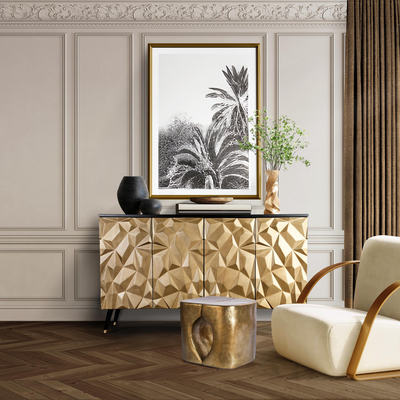
Pendant, Chandelier, or Flush Mount? How to Choose the Right Fixture for Your Space
Ever get stuck wondering what makes a pendant light different from a chandelier, or when to use a flush mount instead?
You’re not alone. These are some of the most common questions we hear, especially when customers are decorating a new space or switching from builder-grade lighting. Each style serves a different purpose, and knowing the difference can help you choose the right fixture for the right room.
Let’s break it down.
1. Pendant Lights: A Perfect Balance of Style and Function
Pendants are versatile and stylish fixtures that work well in many different spaces. The key to choosing the right pendant is understanding where it will provide the most impact.
-
Ideal for: Kitchens (over islands), dining rooms, living rooms, bathrooms, and entryways.
-
Best Use: Pendant lights are great for providing task lighting in areas like kitchen islands or above the dining table. They’re also perfect for creating a focal point in entryways or over bar areas.
- Placement Tip: In the kitchen, hang pendants 30–36 inches above your countertop. For dining areas, use the 24–30 inches rule.

Why choose a pendant?
It’s a perfect way to add both light and a design statement in one.
2. Chandeliers: Make a Grand Statement
Chandeliers aren’t just for dining rooms or grand foyers anymore. With their wide array of sizes, designs, and functionality, they can add elegance to almost any space.
-
Ideal for: Dining rooms, foyers, entryways, living rooms, bedrooms, and stairwells.
-
Best Use: Use chandeliers in spaces where you want to make a statement. They add an upscale touch while also providing ambient lighting.
- Placement Tip: Hang 30–36 inches above a dining table, and make sure the chandelier is properly centered in larger rooms or entryways to maintain visual balance.

Why choose a chandelier?
Chandeliers are about style, creating a bold statement, and serving as the room's centerpiece.
3. Flush Mounts: The Subtle and Space-Saving Option
If you have low ceilings or need a fixture that blends seamlessly with your decor, flush mount lights are the go-to. They provide even, ambient light without taking up much space.
-
Ideal for: Hallways, small rooms, kitchens, bathrooms, and bedrooms with lower ceilings.
-
Best Use: Flush mounts are best in areas where height is a concern or when you want an understated fixture that fits snugly against the ceiling.
- Placement Tip: For smaller rooms or corridors, go for a compact flush mount that complements the space while still providing sufficient light.
Why choose a flush mount?
They’re efficient, practical, and work beautifully in spaces where you don’t want a fixture to overpower the room.
4. Semi-Flush Mounts: The Best of Both Worlds
Semi-flush mounts are the perfect middle ground between a flush mount and a chandelier. They’re ideal for spaces that need a little more drama, but don’t have the ceiling height for a full chandelier.
- Ideal for: Dining rooms, living rooms, bedrooms, or entryways with ceilings between 8-10 feet.

-
Best Use: Great in areas where you want a little extra light and visual interest, but without the drop of a full chandelier. These can also help make a room feel airier, with the light gently cascading down.
Why choose a semi-flush mount?
For those who want the elegance of a chandelier but the practicality of a flush mount.
Final Tip: Understanding Function Over Form
It’s easy to get caught up in how something looks, but when choosing the right light fixture, function should always come first. Make sure you’re selecting the right fixture for the purpose of the room. It should provide the right amount of light, match your space’s scale, and add to the room’s atmosphere without overwhelming it.
Bringing It All Together
Now that you know the differences between pendants, chandeliers, flush mounts, and semi-flush mounts, you’re ready to choose the perfect fixture for any room. Whether you want to brighten up your kitchen, add drama to your dining room, or keep it subtle in a hallway, each fixture type offers something unique. The key is to match the fixture to your space's needs, balancing both style and function.
Next Up: How to Layer Lighting in a Room Without Making It Too Busy


